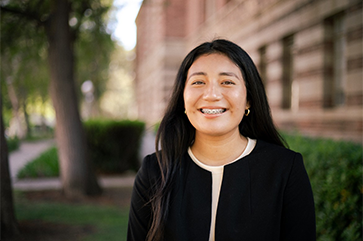
Sarahy Torres’ research and outreach seeks to uplift farm-working communities, with a focus on women
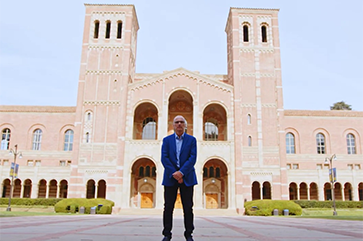 https://www.college.ucla.edu/wp-content/uploads/2023/12/RobertGurval-363-241.png
241
363
Alvaro Castillo
https://www.college.ucla.edu/wp-content/uploads/2019/07/Uxd_Blk_College-e1557344896161.png
Alvaro Castillo2023-12-06 16:14:212023-12-06 16:14:21Stories in stone: A guided video tour of UCLA’s architectural treasures
https://www.college.ucla.edu/wp-content/uploads/2023/12/RobertGurval-363-241.png
241
363
Alvaro Castillo
https://www.college.ucla.edu/wp-content/uploads/2019/07/Uxd_Blk_College-e1557344896161.png
Alvaro Castillo2023-12-06 16:14:212023-12-06 16:14:21Stories in stone: A guided video tour of UCLA’s architectural treasures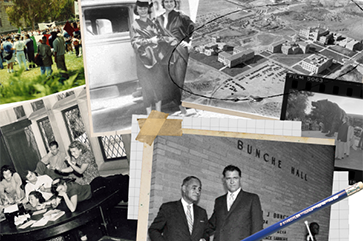 https://www.college.ucla.edu/wp-content/uploads/2023/12/time-capsule-363-241.png
241
363
Alvaro Castillo
https://www.college.ucla.edu/wp-content/uploads/2019/07/Uxd_Blk_College-e1557344896161.png
Alvaro Castillo2023-12-06 11:33:152023-12-07 17:00:13Time Capsule
https://www.college.ucla.edu/wp-content/uploads/2023/12/time-capsule-363-241.png
241
363
Alvaro Castillo
https://www.college.ucla.edu/wp-content/uploads/2019/07/Uxd_Blk_College-e1557344896161.png
Alvaro Castillo2023-12-06 11:33:152023-12-07 17:00:13Time Capsule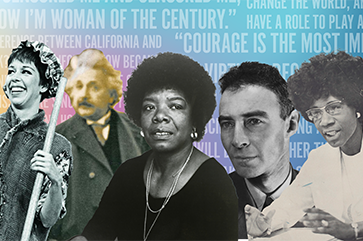 https://www.college.ucla.edu/wp-content/uploads/2023/12/shared-wisdom-363-241.png
241
363
Alvaro Castillo
https://www.college.ucla.edu/wp-content/uploads/2019/07/Uxd_Blk_College-e1557344896161.png
Alvaro Castillo2023-12-06 11:32:222023-12-07 16:59:36100 Years of Shared Wisdom
https://www.college.ucla.edu/wp-content/uploads/2023/12/shared-wisdom-363-241.png
241
363
Alvaro Castillo
https://www.college.ucla.edu/wp-content/uploads/2019/07/Uxd_Blk_College-e1557344896161.png
Alvaro Castillo2023-12-06 11:32:222023-12-07 16:59:36100 Years of Shared Wisdom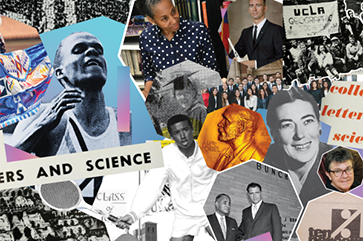 https://www.college.ucla.edu/wp-content/uploads/2023/12/100-Reasons-Why-363-241.png
241
363
Alvaro Castillo
https://www.college.ucla.edu/wp-content/uploads/2019/07/Uxd_Blk_College-e1557344896161.png
Alvaro Castillo2023-12-06 11:30:472023-12-07 16:56:13100 Reasons Why
https://www.college.ucla.edu/wp-content/uploads/2023/12/100-Reasons-Why-363-241.png
241
363
Alvaro Castillo
https://www.college.ucla.edu/wp-content/uploads/2019/07/Uxd_Blk_College-e1557344896161.png
Alvaro Castillo2023-12-06 11:30:472023-12-07 16:56:13100 Reasons Why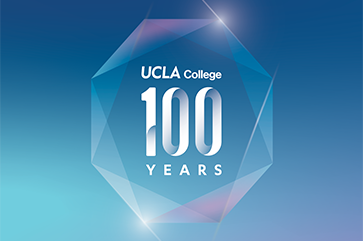
UCLA College Magazine | College 100
UCLA College | December 6, 2023
Bruins, please…
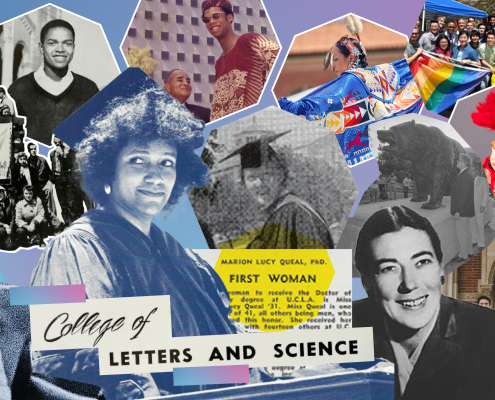 https://www.college.ucla.edu/wp-content/uploads/2023/12/100ReasonsWhy_Banner_homepage_notext.png
1792
6250
Alvaro Castillo
https://www.college.ucla.edu/wp-content/uploads/2019/07/Uxd_Blk_College-e1557344896161.png
Alvaro Castillo2023-12-06 11:28:502024-02-14 21:40:12Celebrating a century of the UCLA College
https://www.college.ucla.edu/wp-content/uploads/2023/12/100ReasonsWhy_Banner_homepage_notext.png
1792
6250
Alvaro Castillo
https://www.college.ucla.edu/wp-content/uploads/2019/07/Uxd_Blk_College-e1557344896161.png
Alvaro Castillo2023-12-06 11:28:502024-02-14 21:40:12Celebrating a century of the UCLA College https://www.college.ucla.edu/wp-content/uploads/2023/11/A_Moment_Of_Reflection-363-241-1.png
241
363
Alvaro Castillo
https://www.college.ucla.edu/wp-content/uploads/2019/07/Uxd_Blk_College-e1557344896161.png
Alvaro Castillo2023-11-02 13:59:032023-11-02 13:59:03Staff news: UCLA receives 10 CASE Awards for campus communications
https://www.college.ucla.edu/wp-content/uploads/2023/11/A_Moment_Of_Reflection-363-241-1.png
241
363
Alvaro Castillo
https://www.college.ucla.edu/wp-content/uploads/2019/07/Uxd_Blk_College-e1557344896161.png
Alvaro Castillo2023-11-02 13:59:032023-11-02 13:59:03Staff news: UCLA receives 10 CASE Awards for campus communications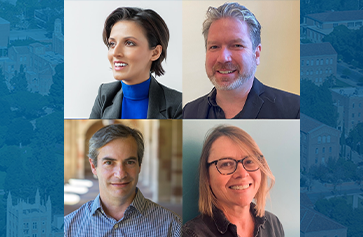
4 College professors among UCLA’s 2023 Guggenheim Fellows
UCLA
Clockwise from top left: Prineha Narang, Michael Berry,…

UCLA chemists are first to synthesize ocean-based molecule that could fight Parkinson’s
In producing lissodendoric acid A, the team used a method they…

